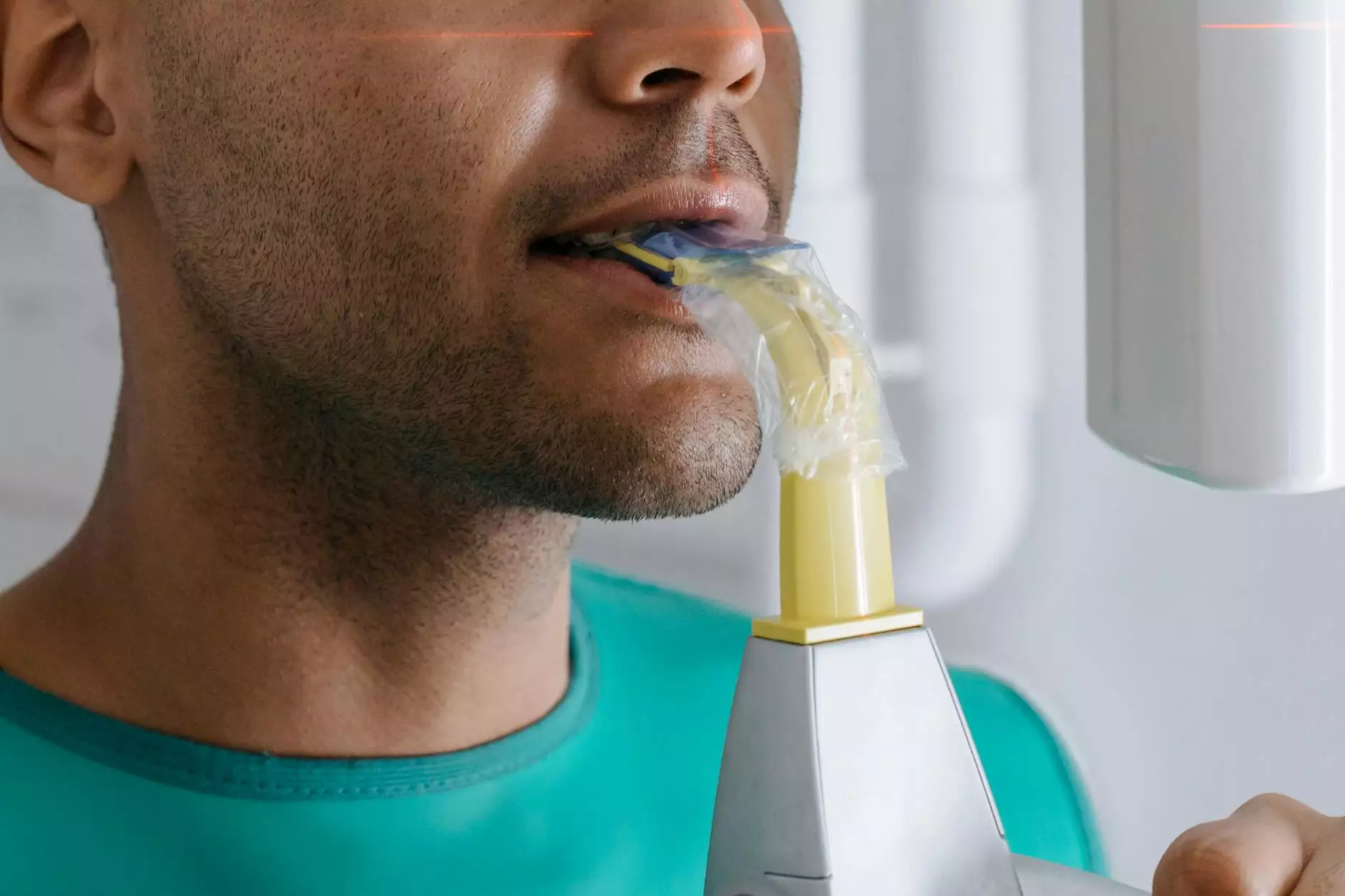Understanding the In-Office Hysteroscopy Procedure

The in-office hysteroscopy procedure has emerged as a transformative technique in modern gynecological practice. With its ability to provide immediate diagnosis and treatment options for various uterine conditions, this procedure offers women a minimally invasive alternative with enhanced comfort and convenience. In this comprehensive guide, we will explore the intricacies of the in-office hysteroscopy procedure, its benefits, what patients can expect, and why it's a game-changer in women's health.
What is an In-Office Hysteroscopy Procedure?
An in-office hysteroscopy procedure is a diagnostic and therapeutic technique that involves the insertion of a hysteroscope — a thin, lighted tube — through the cervix into the uterus. This allows the physician to visualize the inside of the uterus and perform necessary interventions without the need for general anesthesia or extensive surgical measures.
This outpatient procedure is designed to assess various reproductive health issues, including:
- Uterine fibroids: Non-cancerous growths that can affect menstrual cycles and fertility.
- Endometrial polyps: Overgrowths of tissue in the endometrial lining that can cause abnormal bleeding.
- Uterine abnormalities: Congenital issues or structural deformities that may impact fertility or menstrual health.
- Infection or inflammation: Conditions such as endometritis that require evaluation.
Why Choose an In-Office Hysteroscopy Procedure?
The increasing popularity of the in-office hysteroscopy procedure stems from its numerous advantages, including:
1. Convenience and Comfort
Most patients prefer the in-office setting as it eliminates the need for hospital admission, allowing them to schedule the procedure at a convenient time. The minimally invasive nature of the hysteroscopy, combined with local anesthetics, ensures that the procedure can be tolerated well by the patient.
2. Immediate Diagnosis and Treatment
During the same visit, the physician can diagnose and address issues encountered within the uterus. This immediacy reduces the anxiety and uncertainty often associated with waiting for biopsy results or further surgical procedures.
3. Reduced Recovery Time
As an outpatient procedure, patients are often able to return to their daily activities shortly after completion. The risk of complications is minimal, contributing to a swift recovery process.
4. Cost-Effectiveness
In-office procedures generally come at a lower cost compared to traditional surgeries that require hospitalization. This affordability makes hysteroscopy accessible to a broader range of patients.
How is the In-Office Hysteroscopy Procedure Conducted?
Understanding the steps involved in an in-office hysteroscopy procedure can help alleviate patient concerns. Here is a detailed overview:
Step 1: Consultation and Preparation
The experience begins with a thorough consultation. During this meeting, the physician will review the patient's medical history, discuss symptoms, and explain the procedure in detail. It’s essential for patients to communicate any allergies or concerns they may have.
Step 2: Anesthesia Administration
To minimize discomfort, local anesthesia is typically administered. Patients may feel mild cramping during the procedure, but this is usually well managed and tolerable.
Step 3: Insertion of the Hysteroscope
Once the patient is comfortable, the physician gently inserts the hysteroscope through the cervix into the uterus. Saline solution may be infused to expand the uterine cavity and enhance visibility.
Step 4: Examination and Intervention
The physician will then carefully examine the uterine lining and other reproductive structures. If necessary, therapeutic interventions can be performed concurrently, such as:
- Resection of fibroids or polyps
- Endometrial biopsy for further analysis
- Insertion of intrauterine devices (IUDs)
Step 5: Post-Procedure Care
Once the procedure is complete, patients can expect a short recovery period in the office. The healthcare team will provide aftercare instructions, including information about possible symptoms and when to call the physician. Most patients can return to their daily routines shortly after the procedure.
What to Expect During Recovery
The recovery phase following the in-office hysteroscopy procedure is generally swift. However, being informed about potential symptoms can enhance patient comfort:
- Mild cramping: Some patients may experience mild cramping similar to menstrual cramps, which typically subsides quickly.
- Spotting: Light bleeding or spotting may occur, lasting a couple of days.
- No heavy activity: Patients are advised to avoid vigorous exercises or sexual intercourse for a short period post-procedure.
Potential Risks and Complications
While the in-office hysteroscopy procedure is considered safe, it is essential for patients to be aware of potential risks, which may include:
- Infection: As with any medical procedure, there is a slight risk of infection.
- Uterine perforation: Rarely, the hysteroscope may puncture the uterine wall.
- Hemorrhage: Excessive bleeding can occur, necessitating further evaluation.
Understanding these risks helps patients feel prepared and allows them to make informed decisions regarding their health.
Real Patient Experiences and Testimonials
Many women who have undergone the in-office hysteroscopy procedure have shared positive experiences that emphasize the benefits of this approach. Here are a few testimonials:
"I was nervous about the procedure, but my doctor explained everything thoroughly. The discomfort was minimal, and I appreciated being able to go home the same day!" - Sarah, 32
"I had been struggling with heavy bleeding for months. The in-office hysteroscopy not only diagnosed my condition but also allowed for immediate treatment. I felt empowered and relieved!" - Emily, 45
Preparing for Your Appointment
Preparation is key to ensuring a smooth experience with your in-office hysteroscopy procedure. Here are some tips to help you get ready:
- Have a Clear Dialogue: Make sure to discuss your symptoms and medical history with your doctor.
- Follow Pre-Procedure Instructions: Your doctor will provide specific instructions, such as what medications to avoid.
- Arrange for a Support Person: It’s a good idea to have someone accompany you to the appointment for support.
Conclusion: A Pathway to Optimized Women’s Health
The in-office hysteroscopy procedure represents a significant advancement in gynecological care, offering women a reliable, efficient, and less invasive method for addressing uterine health concerns. By providing quick diagnoses and treatment options, this procedure empowers women to take charge of their reproductive health in an increasingly supportive environment.
As a trusted provider, Dr. Seckin is dedicated to delivering exceptional care and personalized treatment plans tailored to individual needs. If you or someone you know is experiencing symptoms related to uterine health, do not hesitate to consult a healthcare professional who specializes in these innovative treatments.
in office hysteroscopy procedure








